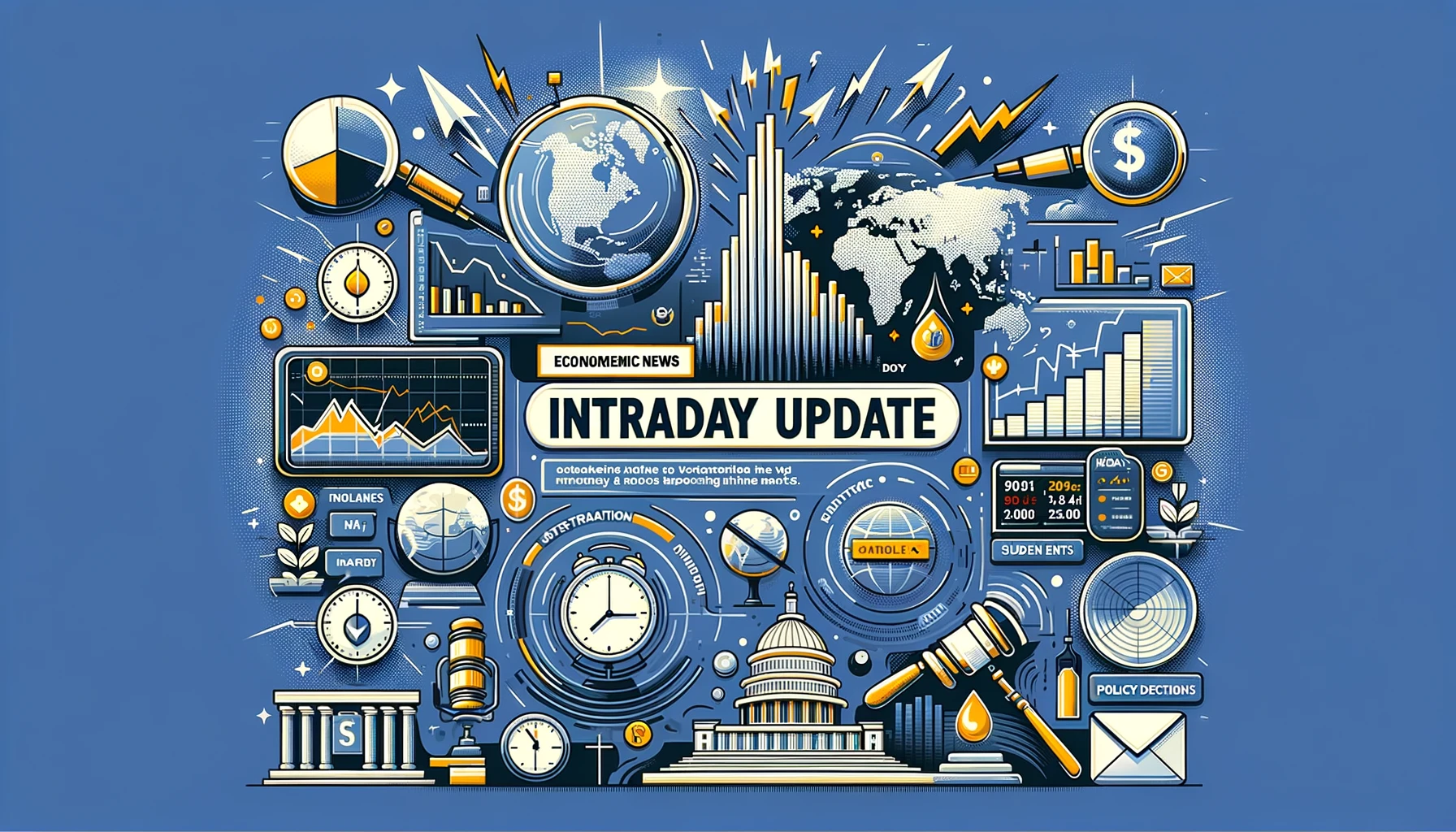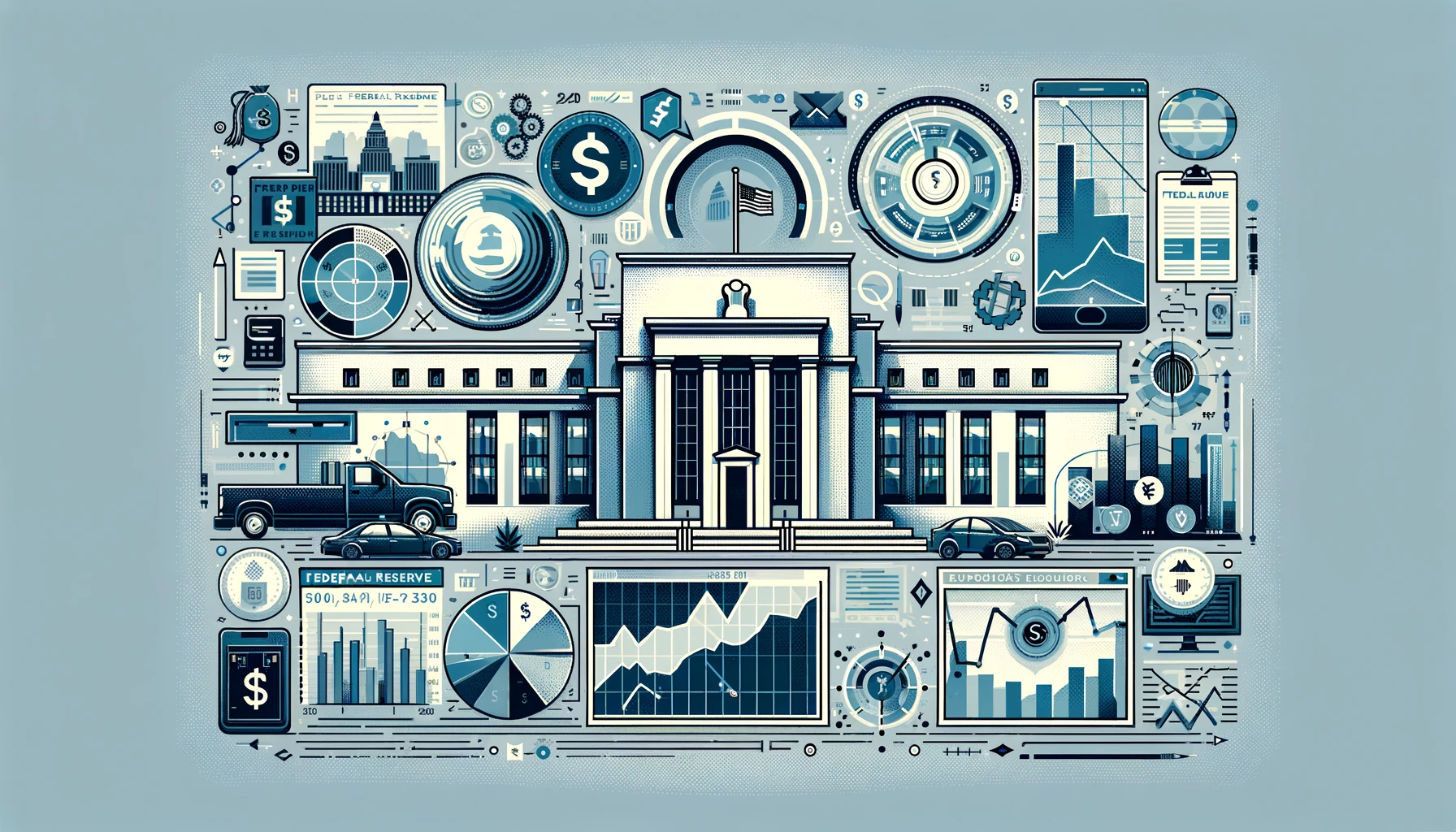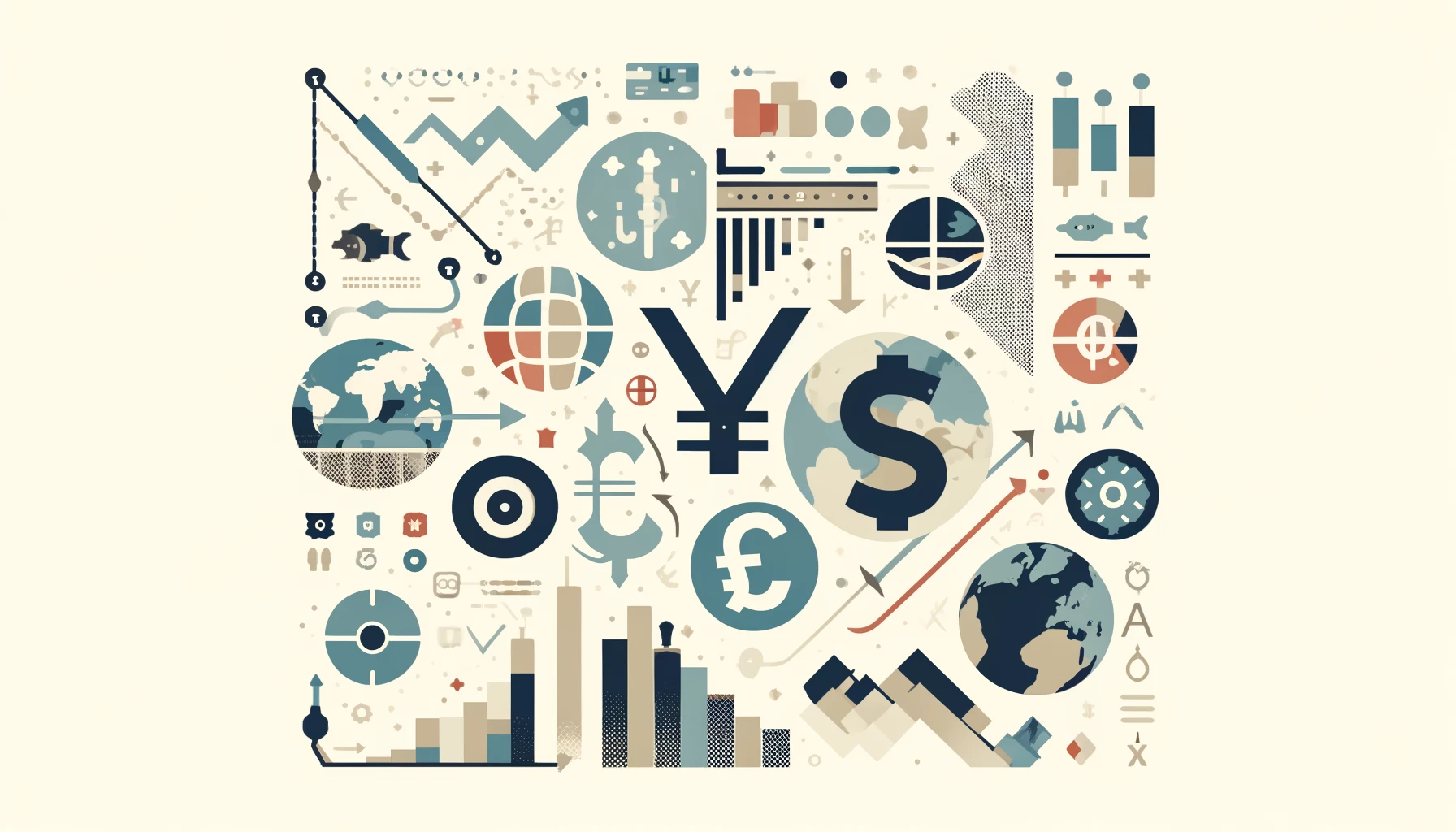Overview
The April US Consumer Price Index (CPI) report revealed a softer-than-expected inflation rate, increasing by 0.3% for the month and registering a 3.4% year-over-year increase, slightly below market expectations. Core CPI, excluding volatile food and energy costs, also rose by 0.3%, showing a slight deceleration from the previous month’s 0.4% increase. This report, coupled with flat retail sales data, suggests that inflationary pressures are easing, supporting financial market expectations for potential Federal Reserve interest rate cuts later this year.
Key Takeaways from the CPI Report
- Inflation Softens: The CPI rose by 0.3% in April, a deceleration from 0.4% in March, indicating a continued easing of inflationary pressures. The annual inflation rate at 3.4%, and core inflation at 3.6%, suggest a gradual alignment towards the Federal Reserve’s 2% target, albeit more slowly than desired.
- Contributing Factors: Significant contributions to the monthly inflation rate came from shelter and gasoline, which together accounted for over 70% of the increase in the CPI. Food prices remained stable, while energy prices showed mixed results.
- Services Inflation: Service-related inflation, excluding rents, showed a reduced pace, which could be a sign of weakening consumer demand. This aligns with other indicators suggesting a cooling of the domestic economy.
Implications for Monetary Policy
- Federal Reserve’s Outlook: The softer inflation data may influence the Federal Reserve’s approach towards monetary policy, potentially opening the door for rate cuts if the trend continues. This is especially pertinent given the Fed Chair Jerome Powell’s recent remarks anticipating a shift back to lower inflation levels.
- Market Expectations: Financial markets have adjusted their expectations significantly, with a 73% probability now seen for a rate cut in September, up from 69% prior to the data release. This shift underscores growing confidence that the Fed might begin easing monetary policy before the end of the year.
Economic Indicators and Consumer Behavior
- Retail Sales Data: The flat retail sales in April following a promotion-boosted increase in March suggest that consumer spending is stabilizing. This stabilization, particularly in online retail and food services, indicates a cautious consumer environment, potentially due to inflation concerns and economic uncertainty.
- Core Retail Sales: The core retail sales, which exclude automobiles, gasoline, building materials, and food services, fell by 0.3% last month, painting a picture of subdued underlying consumer demand. This data aligns with the broader narrative of a cooling economic environment.
Currency Market Impact
- Dollar Weakness: The dollar fell against a basket of currencies as the market reacted to the potential for an easing cycle. This move reflects a shift in investor sentiment, anticipating looser monetary policy in response to controlled inflation and moderated economic growth.
- Treasury Yields and Equity Markets: U.S. Treasury prices rose, leading to lower yields, while stocks on Wall Street traded higher. This market behavior is typical of environments where future interest rate cuts are anticipated, as lower rates can stimulate economic activity and equity investments.
Conclusion
The April CPI report and accompanying economic data suggest that the US economy is on a path towards slower inflation, aligning with the Federal Reserve’s targets. While the data supports a potential shift towards easing monetary policy later this year, the Fed will likely continue to monitor incoming data closely, particularly regarding consumer spending and wage growth, to avoid premature policy adjustments. Investors and policymakers alike will need to stay attuned to upcoming economic releases to better understand the trajectory of the economy and the likely responses from the Federal Reserve.





